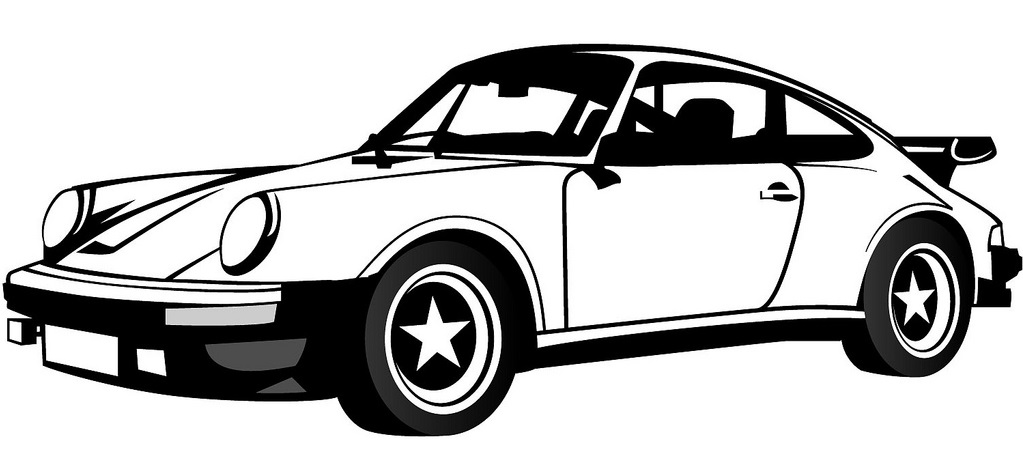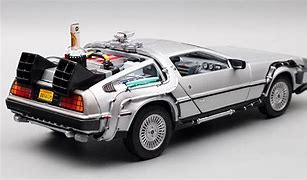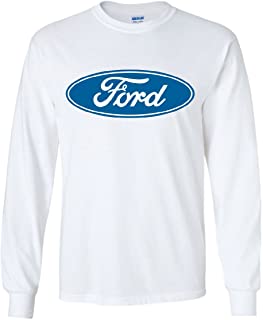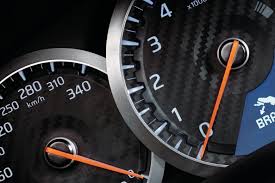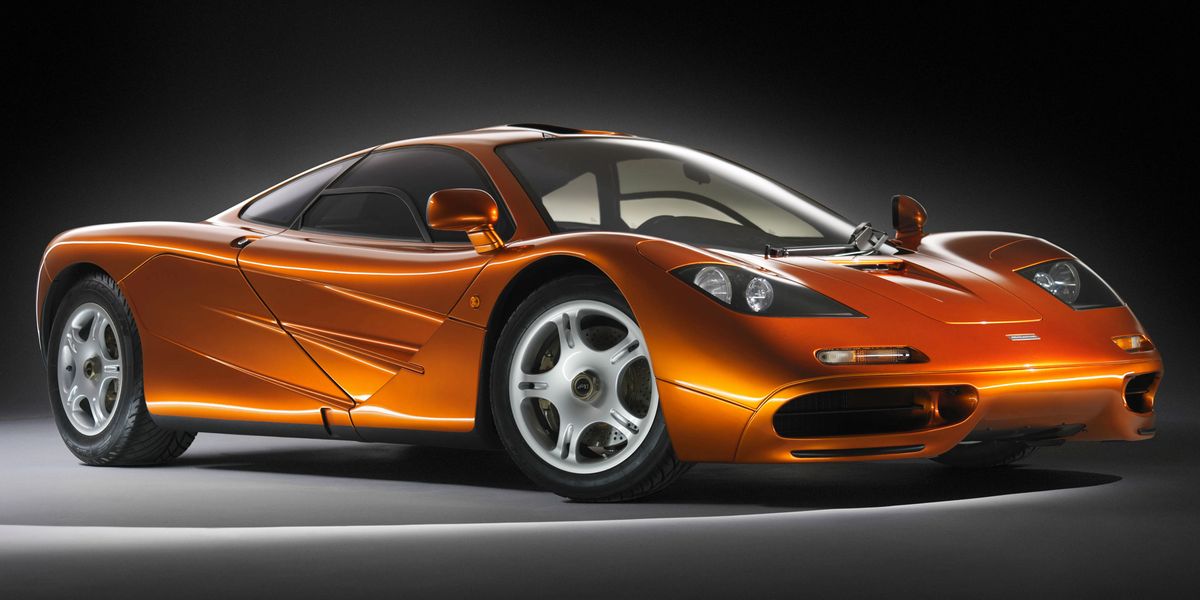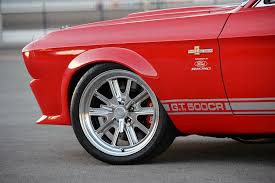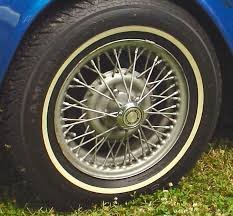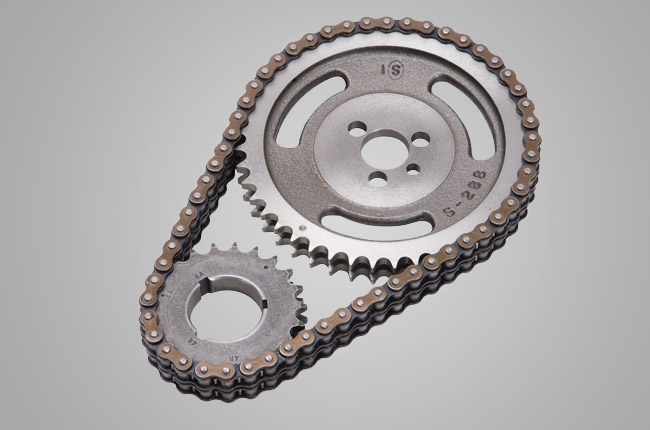A brief history of
Wiesmann
Introduction
The car manufacturer Wiesmann has made an important impact on the automotive world. In this article we will give a brief but detailed history of the Wiesmann marque.
We will look at the origins of Wiesmann looking at who, why, where and when Wiesmann was founded. We'll look at the design of the iconic Wiesmann logo and what are some the more significant Wiesmann models.
We'll take a glance at what racing history the Wiesmann has and who some of the most important people have been in the history of Wiesmann over the years.
Who, where, when and why was
Wiesmann founded?
Wiesmann is a German car manufacturer that was founded in 1988 by brothers Martin and Friedhelm Wiesmann. Based in Dülmen, Germany, the company was born out of a shared passion for automotive engineering and a desire to create unique and exceptional sports cars. The Wiesmann brothers sought to combine classic design elements with modern technology to produce vehicles that would captivate enthusiasts and stand out from the crowd.
When Wiesmann was established, the automotive industry was dominated by mass-produced cars from major manufacturers. The founders saw an opportunity to offer something different - handcrafted sports cars that embodied timeless design, superior craftsmanship, and exhilarating performance. They aimed to revive the spirit of classic sports cars while incorporating advanced technologies and contemporary engineering solutions.
From its inception, Wiesmann has been driven by a commitment to quality, precision, and individuality. The company's manufacturing facility in Dülmen became a hub of skilled craftsmen, where each car was meticulously hand-built with attention to detail. This bespoke approach allowed customers to personalize their vehicles to their exact specifications, further enhancing the exclusivity and uniqueness of each Wiesmann car.
Wiesmann's philosophy was to create sports cars that offered a pure and engaging driving experience. By focusing on lightweight construction, balanced handling, and powerful engines, they aimed to deliver exceptional performance on both road and track. The combination of a retro-inspired design aesthetic, advanced engineering, and handcrafted manufacturing techniques set Wiesmann apart from mainstream automakers.
Throughout its history, Wiesmann has garnered a loyal following of enthusiasts who appreciate the brand's dedication to craftsmanship, performance, and individuality. The company's commitment to producing limited quantities of cars ensured exclusivity, and each model was a testament to the founders' vision and passion for creating exceptional sports cars.
Unfortunately, in 2014, Wiesmann faced financial challenges and was forced to file for insolvency. However, the brand's legacy and reputation remain strong among car enthusiasts, and there is hope that Wiesmann may make a comeback in the future. The impact of Wiesmann on the automotive world is a testament to the founders' vision and their ability to create a unique brand that celebrated the artistry and excitement of driving.
How did the
Wiesmann logo originate?

How did the Wiesmann logo originate?
The logo of Wiesmann, the German sports car manufacturer, has been an integral part of the brand's identity since its inception. The logo reflects the company's commitment to craftsmanship, elegance, and timeless design. It consists of a stylized "W" formed by two swooping lines that merge at the top to create a sense of motion and dynamism. The sleek and fluid lines of the logo embody the brand's focus on creating visually striking and aerodynamic sports cars.
The color scheme of the Wiesmann logo is typically black or silver, which further accentuates the brand's sophistication and luxury. The choice of these colors reflects the company's dedication to producing high-quality and refined vehicles. The simplicity of the logo design allows it to be easily recognizable and memorable, leaving a lasting impression on car enthusiasts and potential customers.
Over the years, the Wiesmann logo has remained consistent, with only subtle modifications made to refine its aesthetics and align with the evolving design trends. These refinements have helped maintain the logo's relevance and ensure its compatibility with modern branding strategies.
The Wiesmann logo, with its distinct "W" emblem, has become a symbol of the brand's commitment to craftsmanship, performance, and individuality. It represents the fusion of classic design and modern technology that defines Wiesmann's sports cars. The logo serves as a visual representation of the brand's values and sets the tone for the exceptional driving experience offered by Wiesmann vehicles.
What are some of the significant
Wiesmann models?
Wiesmann has produced a range of exceptional models throughout its history. Known for their high performance, exquisite design, and handcrafted quality, Wiesmann cars have become sought-after by automotive enthusiasts worldwide. Let's explore some of their most significant models, spanning across different quarters of their history.
In the early years, Wiesmann introduced the MF28 and MF3 models, showcasing their dedication to creating lightweight and agile sports cars. The MF28, launched in the late 1990s, featured a powerful inline-six engine and a sleek, aerodynamic body. It became known for its impressive performance and precise handling, capturing the attention of driving enthusiasts. The MF3, introduced in the early 2000s, took the performance up a notch with a larger engine and enhanced acceleration. Its muscular yet refined design made it a standout on the road.
As Wiesmann entered the second quarter of its history, they unveiled the GT MF4 and GT MF5 models. The GT MF4, equipped with a V8 engine, combined exhilarating speed with luxurious comfort. Its elegant exterior design, featuring sweeping lines and a low-slung profile, exuded a sense of timeless beauty. The GT MF5, on the other hand, pushed the boundaries of performance with a roaring V10 engine sourced from BMW. Its aggressive stance and aerodynamic enhancements showcased Wiesmann's commitment to delivering unmatched driving experiences.
Continuing into the third quarter of their history, Wiesmann introduced the Roadster MF30 and Roadster MF60. These convertible models captured the essence of open-top motoring, combining thrilling performance with wind-in-your-hair excitement. The Roadster MF30 featured a lively inline-six engine, delivering a harmonious blend of power and agility. The Roadster MF60, powered by a potent V8 engine, offered blistering acceleration and an unforgettable driving experience.
As Wiesmann approached the present, they unveiled the MF4-CS and GT MF4-S models, representing the pinnacle of performance and engineering. The MF4-CS, a track-focused variant, featured stripped-down weight, enhanced aerodynamics, and track-tuned suspension. It was a purist's dream, providing an unmatched level of engagement on the race circuit. The GT MF4-S, on the other hand, combined the power and refinement of the GT MF4 with upgraded performance components, resulting in an exhilarating driving experience on both road and track.
These are just a few examples of the remarkable models that Wiesmann has produced throughout its history. Each car reflects the brand's dedication to precision engineering, exceptional performance, and timeless design. Wiesmann's commitment to creating hand-built sports cars with a focus on driver engagement has earned them a devoted following of enthusiasts who appreciate the thrill of the open road.

One of Wiesmann's Most Iconic Models
Who are some of the most important people in
Wiesmann's History
Behind the success of Wiesmann lies a team of talented individuals who have contributed to the brand's reputation for excellence. From visionary founders to skilled engineers, let's explore some of the most significant people associated with Wiesmann.
Brothers Friedhelm and Martin Wiesmann, the founders of the company, were the driving force behind the establishment of Wiesmann. Their passion for sports cars and dedication to craftsmanship laid the foundation for the brand's success. Their vision was to create hand-built sports cars that combined timeless design with cutting-edge technology.
Throughout its history, Wiesmann has been fortunate to have the expertise of skilled engineers who have played pivotal roles in the development of their cars. These individuals have worked tirelessly to refine the performance, handling, and overall driving experience of Wiesmann models. Their technical prowess and attention to detail have resulted in cars that push the boundaries of what is possible.
Another significant figure in Wiesmann's history is the lead designer. Responsible for shaping the aesthetic appeal of the cars, the designer's creative vision brings life to the brand's unique design language. Their ability to blend classic elements with modern flair contributes to the distinctive character of Wiesmann cars.
Furthermore, the craftsmen and technicians who work in Wiesmann's production facility are instrumental in ensuring the highest level of quality and precision in every car that leaves the assembly line. Their dedication to their craft and meticulous attention to detail are essential in creating the hand-built masterpieces that Wiesmann is known for.
Lastly, the sales and marketing team plays a crucial role in spreading the brand's message and connecting with customers around the world. Their passion for the brand and deep knowledge of the product line help enthusiasts and potential buyers fully appreciate the essence of Wiesmann cars.
Collectively, these individuals have played a significant role in shaping the identity and success of Wiesmann. Their expertise, creativity, and commitment to excellence have elevated the brand to new heights, allowing it to carve a niche in the highly competitive sports car market.

One of the most influential people in the history of Wiesmann
Wiesmann's Racing History
Wiesmann may be best known for their stunning sports cars, but they also have a rich history in motorsports. While not as prolific as some of the larger manufacturers, Wiesmann's foray into racing has left a lasting impact on the track.
Wiesmann cars have participated in various racing events, including endurance races and GT championships. Their racing endeavors have not only showcased the performance capabilities of their cars but also served as a platform for continuous development and improvement.
One of the notable racing events where Wiesmann has made its mark is the Nürburgring 24 Hours. This grueling endurance race, held on the iconic Nürburgring circuit in Germany, tests the limits of both driver and machine. Wiesmann cars have competed in multiple editions of this event, demonstrating their durability and performance in a challenging racing environment.
In addition to endurance racing, Wiesmann has also participated in GT championships. These competitions are known for their fierce competition and demanding race tracks. Wiesmann's participation in GT racing has allowed them to showcase the agility, speed, and handling prowess of their cars on some of the world's most renowned circuits.
Wiesmann's racing efforts have not only been about competition but also about refining their cars. Motorsports provide valuable feedback and data that can be used to enhance performance, optimize aerodynamics, and improve overall vehicle dynamics. The lessons learned on the track are often transferred to the development of future road-going models, allowing Wiesmann to continually push the boundaries of performance and engineering excellence.
Furthermore, Wiesmann's involvement in racing has also served as a marketing platform, allowing them to build brand recognition and credibility within the motorsport community. Racing provides an opportunity to showcase the capabilities and distinctive features of Wiesmann cars to a global audience of enthusiasts and potential buyers.
While Wiesmann's racing history may not be as extensive as some of the more established manufacturers, their commitment to motorsports reflects their passion for performance and their desire to continuously evolve as a brand. Through their racing endeavors, Wiesmann has demonstrated their dedication to pushing the limits of engineering and delivering exhilarating driving experiences to their customers.
Summary
Wiesmann is a renowned car manufacturer known for its exquisite sports cars that blend classic design elements with modern performance. Founded in Germany in 1988, the company has created a niche for itself in the automotive industry by focusing on handcrafted, high-performance vehicles that evoke a sense of timeless elegance and exhilarating driving experiences.
With a commitment to precision engineering and attention to detail, Wiesmann has become synonymous with automotive craftsmanship. Each Wiesmann car is meticulously built, combining cutting-edge technology with traditional craftsmanship techniques. The result is a lineup of stunning sports cars that deliver exceptional performance, refined handling, and a captivating driving experience.
Wiesmann's cars have caught the attention of automotive enthusiasts around the world, thanks to their striking design and potent powertrains. The company's dedication to creating exceptional sports cars has earned them a loyal following of passionate drivers who appreciate the unique blend of style, performance, and exclusivity that Wiesmann offers.
While Wiesmann's production volumes have been relatively limited, their cars have made a significant impact in the automotive landscape. The brand's commitment to performance and craftsmanship has garnered admiration from enthusiasts and critics alike, establishing Wiesmann as a respected player in the world of sports cars.
Overall, Wiesmann stands as a testament to the enduring appeal of handcrafted, driver-focused sports cars. With a rich heritage and an unwavering commitment to excellence, Wiesmann continues to captivate automotive enthusiasts with their timeless designs and exhilarating driving experiences.
View Wiesmann Car Specifications
More Manufacturer Histories.



